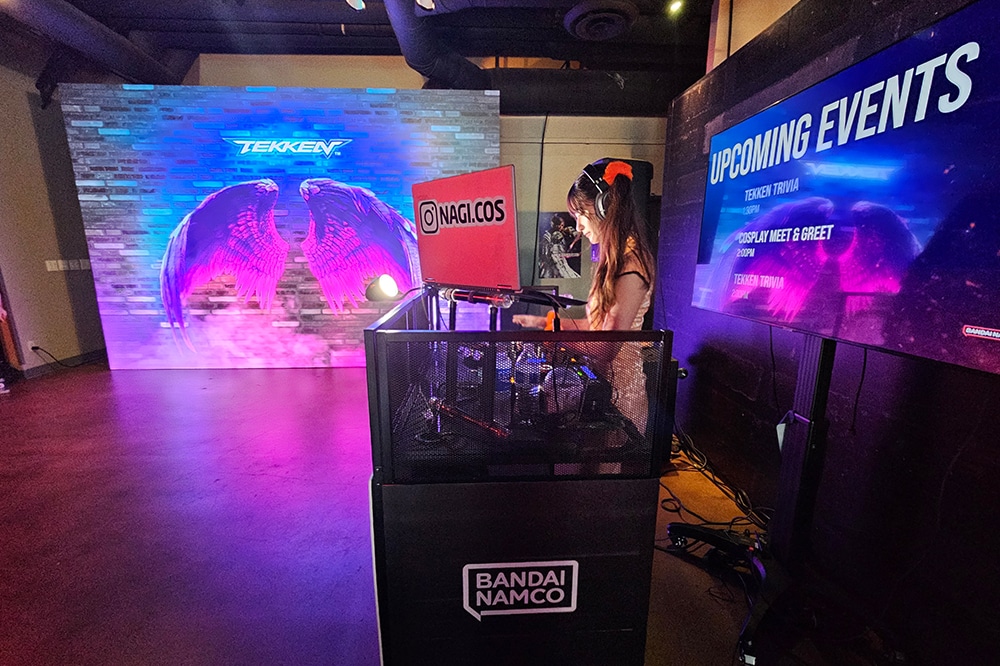The first step in ensuring color precision is understanding how LED technology works. LEDs, or light-emitting diodes, produce light in various colors by combining red, green, and blue (RGB) light. Each pixel on an LED wall is made up of these three hues. When tuned properly, the combination of RGB can create a wide range of hues. However, if one hue is too intense or too dim, it can throw off the entire display. This is why calibration is needed to equalize the colors and achieve the intended visual result.
Calibration involves adjusting the configurations of the LED screen to ensure that the hues displayed correspond the initial content as nearby as possible. This procedure typically includes using specific software and hardware tools. Technicians frequently use color assessment devices, such as spectrophotometers, to examine the hues being displayed. By contrasting the measured colors to benchmark color values, they can make exact adjustments. This guarantees that the hues are not only vibrant but also uniform across the entire display.
Another crucial aspect of color accuracy is understanding the surroundings in which see this website the LED wall is employed. Factors such as ambient light can considerably impact how hues appear. For instance, a brightly illuminated room may wash out hues, making them look less lively. To mitigate this, technicians may adjust the luminosity and differentiation settings of the LED screen. Additionally, they may select specific color settings that are better appropriate for various lighting conditions. This flexibility helps preserve color accuracy irrespective of the viewing environment.

Finally, regular upkeep and recalibration are crucial for maintaining an LED wall looking its best. Over time, the functionality of LEDs can change due to factors like degradation and heat fluctuations. Regular checks and modifications can help ensure that the colors stay correct and lively. By investing time in appropriate tuning and maintenance, venues can provide audiences with stunning graphic presentations that improve their total experience. Mastering color accuracy in LED screen tuning is not just a technical task; it is an expertise that contributes to the magic of graphic narration.